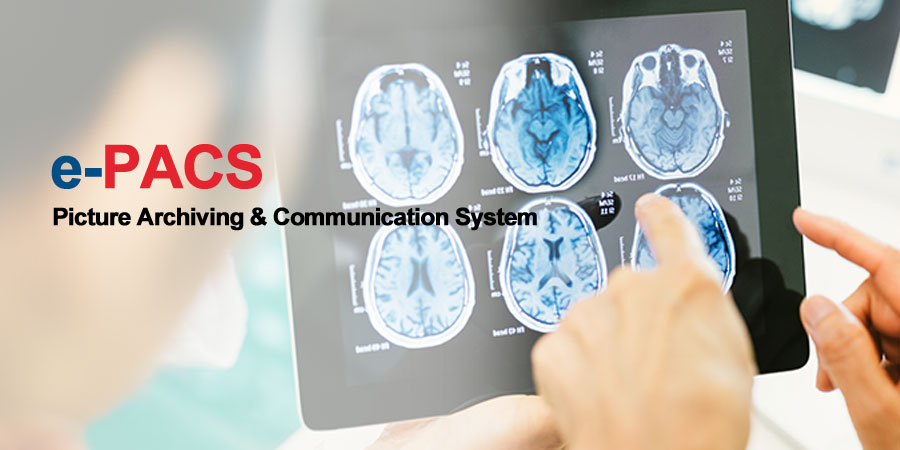PRODUCTS - e-PACS
e-PACS
Picture Archiving And Communication System
The e-PACS from Norah is state of the art features compiled in this unique solution. The e-PACS offers a comprehensive viewing, archiving and redistribution of images to authorized personnel.

Benefits:
-
Cost Saving: By reduction in re-takes, overhead expenses &resources required to manage, distribute, and maintain hardcopy reports and film-based imaging save cost both to the hospital and patients. The solution alerts the duplicate tests based on an inbuilt intelligent algorithm.
-
Effective Decision Support Tool: By ensuring the availability of right information &image at the right time to the right care provider.
-
Improved Patient Care: By reducing the time to treatment from image capture to image availability to the clinicians for quick decision making.
-
Improves Clinical Outcome: By streamlining the consultations between radiologists and multiple clinicians for effective diagnosis & treatment thus improved clinical outcome.
Clinician Benefits:
- Viewing: The DICOM (Digital Imaging and Communications in Medicine) viewer being an integral part of the e-PACS, allows a robust but convenient way of viewing images for study & reporting. The viewer provides a series of efficient tools like annotation, worklist, image status indicator and many others for simplifying the workflow processes thus increasing revenue and enhancing operational efficiency.
- Archiving: The e-PACS allows the storage of all radiology images for future reference and reporting purpose. The images can be stored both in online or near-line capacity.
- Redistribution: The e-PACS has an inbuilt e-RAD (Radiology Information System) or it can be integrated wit any DICOM compliant 3rd party Radiology Information System (RSI) for user friendly image distribution to the Radiologist and other authorized clinical providers.
Patients Benefits:
- Fewer gaps in information as patients move between hospital, practitioner’s office (e.g. family physicians, specialists), home care and long-term care settings.
- Effective integration and monitoring of laboratory history and treatment progress to support chronic disease management.
- Reduced number of unnecessary laboratory tests due to greater availability and sharing of information.
- Timelier and broader access to laboratory test results by practitioners.
- Rule based access control across single or multi centre with central application instance.
